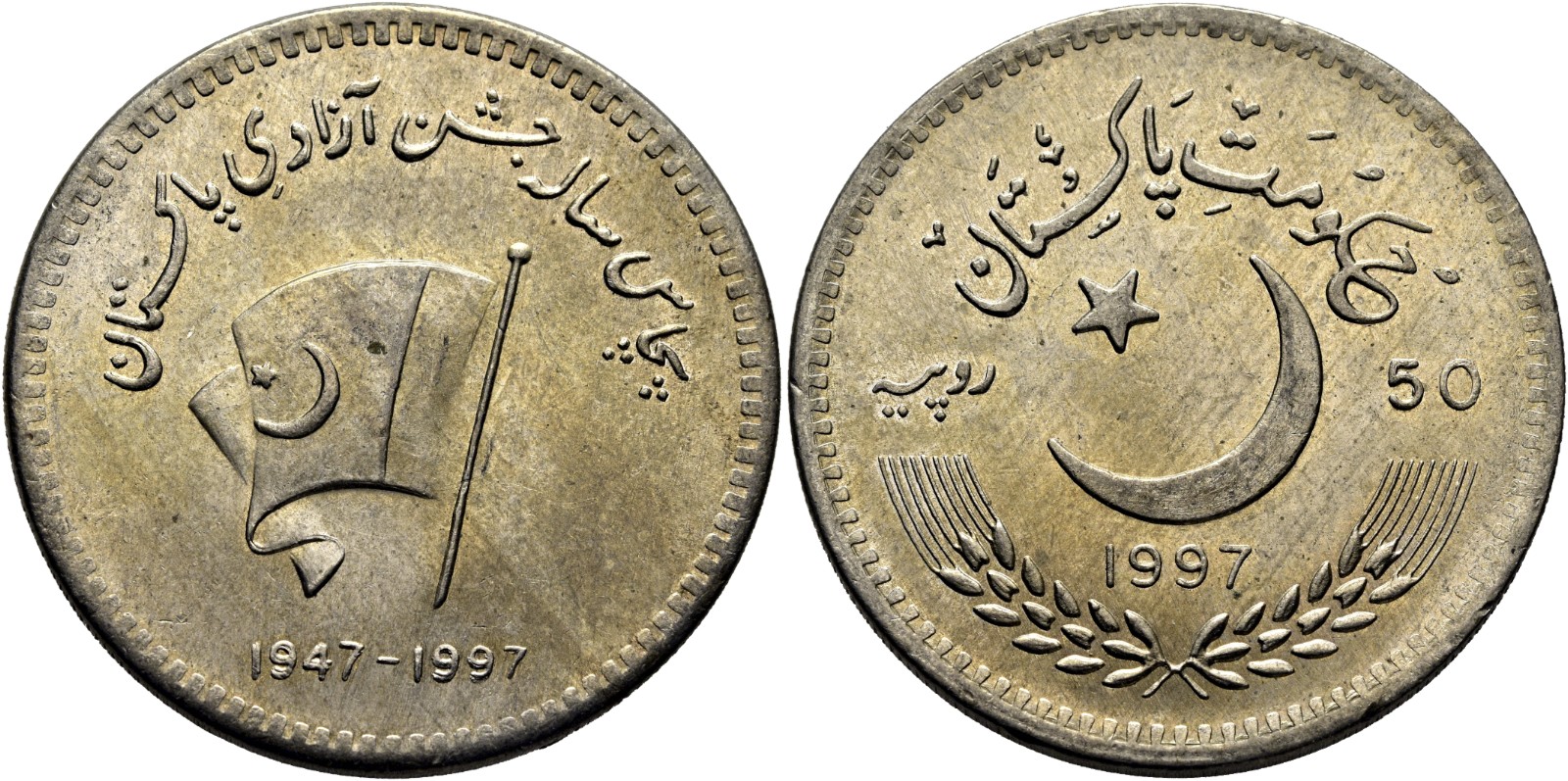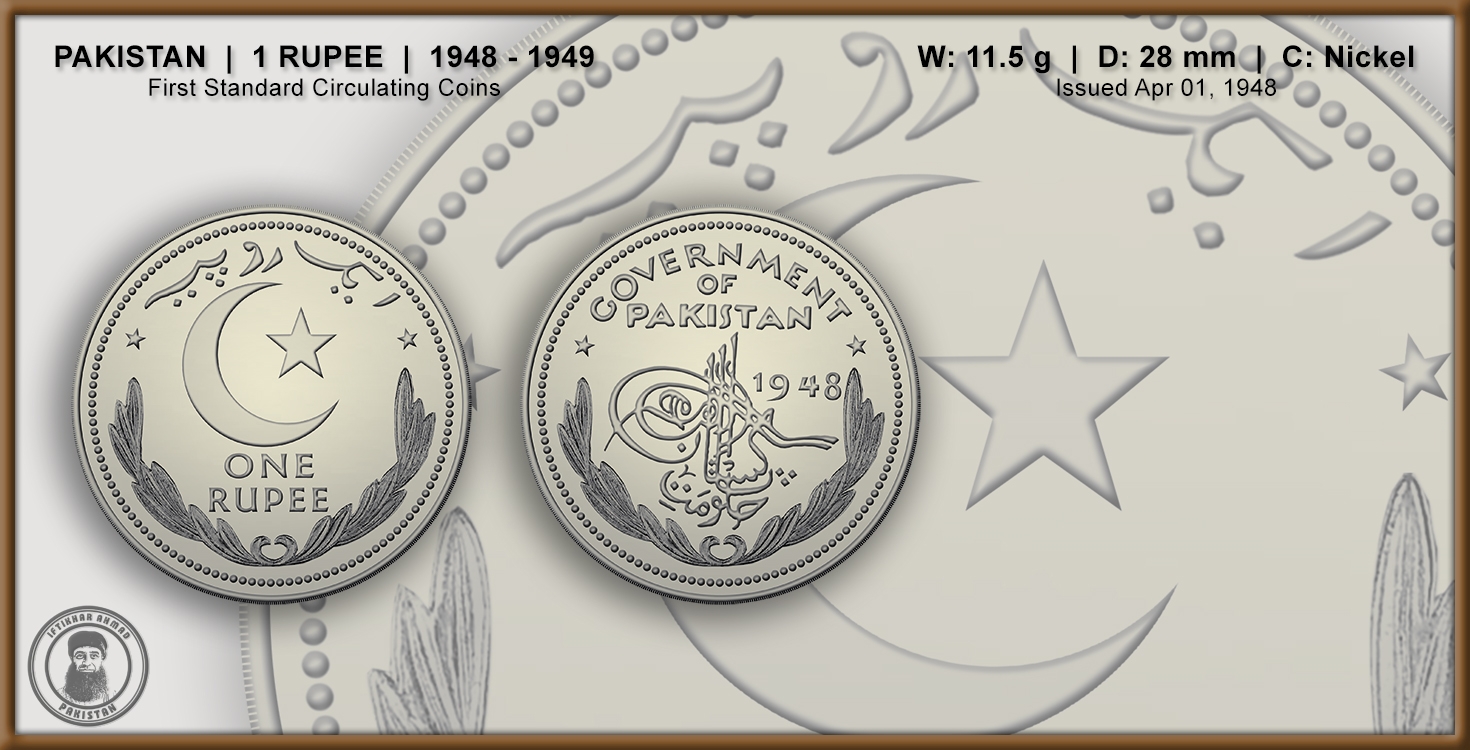Pakistan’s first coin was issued in 1948, marking a significant milestone in the country’s history. The issuance of coins symbolized Pakistan’s economic independence and sovereignty shortly after its establishment in 1947. These coins were based on the traditional annas, pice, and rupees system used in the Indian subcontinent before partition. The design and denominations of these coins reflected the cultural and national identity of the newly formed state.
This article delves into the historical significance, design, denominations, and evolution of Pakistan’s coinage system.
The History of Pakistan’s First Coin
After gaining independence, Pakistan initially used Indian currency with an overstamp of the "Government of Pakistan." However, there was a pressing need to introduce a distinct coinage system that reflected the country’s identity. The government decided to issue the first coins in 1948, a year after independence.

Key Details:
-
Date of Issue: 1948
-
Material: Nickel
-
Design: Crescent and star
-
Denominations:
-
1 pice
-
½ anna
-
1 anna
-
2 annas
-
¼ rupee
-
½ rupee
-
1 rupee
-
Interesting Facts About Pakistan’s First Coin
-
The crescent and star design has remained a consistent feature in Pakistan’s coinage.
-
The first coins were minted in the UK by the Royal Mint.
-
Pakistan’s early coins were widely admired for their design and quality.
-
The transition to the decimal system in 1961 modernized Pakistan’s currency.
The issuance of Pakistan’s first coin in 1948 was a landmark event in the country’s history. Designed with symbols of Islamic identity and national pride, these coins represented Pakistan’s sovereignty and cultural heritage. Over the years, the evolution of Pakistan’s coinage has reflected the nation’s growth and progress.
From the traditional anna system to the modern decimal currency, Pakistan’s coins tell the story of a nation’s journey toward economic independence and development. The legacy of the first coin continues to inspire pride and serves as a reminder of Pakistan’s rich history.
The Design of Pakistan’s First Coin
Symbolism
The design of the first coins carried deep symbolic meaning:
-
Crescent and Star: Representing progress and the Islamic identity of Pakistan.
-
Inscription: The name "Pakistan" was inscribed in Urdu, emphasizing the importance of the national language.
-
Material: Nickel was chosen for durability and to signify strength.
Approval and Production
The design of the coins was approved by the government and minted in the United Kingdom, as Pakistan lacked the infrastructure for coin production at the time.
Denominations of the First Coins
The first coins issued by Pakistan were available in various denominations to cater to everyday transactions:
-
1 Pice: The smallest denomination, used for minor transactions.
-
½ Anna and 1 Anna: Intermediate denominations for moderate purchases.
-
2 Annas: A slightly higher denomination.
-
¼ Rupee, ½ Rupee, and 1 Rupee: Representing the larger currency units.
Conversion System
-
16 Annas = 1 Rupee
-
4 Pice = 1 Anna
This system was based on the traditional currency system of the Indian subcontinent.
Transition to the Decimal System
In 1961, Pakistan adopted the decimal system for its coinage, simplifying the currency structure. The rupee was divided into 100 paisas, replacing the older anna and pice system. This transition modernized the monetary system and aligned it with international standards.
New Coins Issued:
-
1 Paisa
-
5 Paisa
-
10 Paisa
-
25 Paisa
-
50 Paisa
-
1 Rupee
The decimalization marked a significant shift in Pakistan’s coinage history, making transactions more efficient.
Evolution of Pakistan’s Coinage
Material Changes
Over the years, the material used for coins evolved due to economic and practical reasons:
-
Nickel: Used in the initial coins for durability.
-
Aluminum and Bronze: Introduced later to reduce production costs.
-
Steel and Copper: Became common in modern coinage.
Design Updates
The designs of coins also changed to reflect Pakistan’s progress and commemorate significant events:
-
Coins featuring prominent leaders like Quaid-e-Azam Muhammad Ali Jinnah.
-
Commemorative coins celebrating milestones such as Pakistan’s Independence Day and national achievements.
Importance of Pakistan’s First Coin
National Identity
The issuance of the first coin symbolized Pakistan’s sovereignty and independence. The crescent and star became enduring symbols of the nation.
Economic Independence
The introduction of a distinct currency system marked Pakistan’s economic separation from India, establishing its identity in the global financial system.
Cultural Significance
The Urdu inscriptions and Islamic motifs on the coins reflected the cultural and religious values of Pakistan.

FAQs About Pakistan’s First Coin
1. When was Pakistan’s first coin issued?
Pakistan’s first coin was issued in 1948, a year after the country’s independence.
2. What were the denominations of the first coins?
The first coins were issued in denominations of 1 pice, ½ anna, 1 anna, 2 annas, ¼ rupee, ½ rupee, and 1 rupee.
3. What material was used for the first coins?
The first coins were made of nickel for durability and strength.
4. Why were the coins minted in the UK?
At the time, Pakistan lacked the infrastructure to mint its own coins, so the first coins were produced in the United Kingdom.
5. When did Pakistan adopt the decimal system?
Pakistan adopted the decimal system in 1961, replacing the anna and pice system with paisas.





.gif)








.gif)







Sign in
to continue to ilmkidunya.com